Export buoyancy may not continue
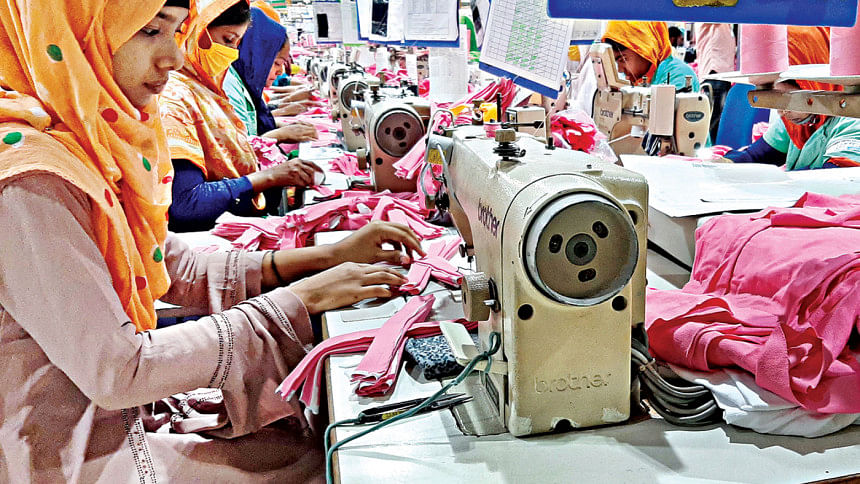
Bangladesh recorded robust export earnings riding on the main export earner knitwear and woven garments in the first two months of the current fiscal year.
But the upward momentum may not continue in the coming months as garment markets see a slowdown in orders amid high inflation in the major export destinations owing to the Russia-Ukraine war, fear exporters.
Export earnings amounted to $8.59 billion in the July-August period of the current fiscal year of 2022-23 and receipts from garments account for 83 per cent of the total, according to data released by Export Promotion Bureau (EPB).
Garment shipments grew 26 per cent year-on-year to $7 billion during the period.
Of the amount, $3.9 billion came from knitwear shipments, which grew by 20 per cent year-on-year.
Shipment of woven garment rose 34 per cent year-on-year to $3.19 billion, EPB data showed.
Mohammad Hatem, executive president of the Bangladesh Knitwear Manufacturers and Exporters Association (BKMEA), said up until August factories had their hands full with work orders from international retailers and brands.
As a result, receipts from garment items were more than usual, he said.
Moreover, the international retailers and brands paid arrears to local suppliers in the last couple of months, he also said.
The booking of work orders from October to March next year has already slowed down because of high inflationary pressure in European markets and in the US, the two main export destinations for Bangladesh, he said.
The international retailers and brands are holding back work orders for different reasons, such as a price fall of cotton in international markets and clothing items remaining unsold in stocks.
The cotton price depreciation may cause domestic yarn prices to fall too, which retailers and brands seek to take advantage of to secure competitive prices.
Garment factories with small and medium-scale operations are the worst sufferers in case of work orders slowdowns, he said.
So international retailers and brands may place work orders of bigger volumes once the fall of cotton and yarn prices come to a halt, Hatem said.
Hatem also said the ongoing gas crisis posed a major challenge for factories as many exporters were being unable to ship goods on time.
So many local suppliers are having to accepted discounted payments or bear expensive air shipments, he said.
Cotton was sold at $1.08 per pound in international futures yesterday from $1.15 per pound to $1.25 per pound in June and July. So, it is expected that the prices of yarn may fall in the local markets in the near future, Hatem added.
Md Shahidullah Azim, vice-president of the Bangladesh Garment Manufacturers and Exporters Association (BGMEA), said since September last year arrear payments were being made to local suppliers.
Now unsold stocks of apparel items are a major concern for major retailers and brands. As a result, they are taking it slow in placing work orders for the coming seasons, he added.
Apart from garment items, in the July -August period, shipment of leather and leather goods grew 28 per cent year-on-year to $223 million and jute and jute goods 23 per cent to $157 million, the data also said.
The shipment of home textiles also showed a phenomenal rise apparently for increased usage, becoming a major export item for Bangladesh. Last year export of this item fetched $1 billion.
The shipment of home textile also showed a strong performance in the July-August period to reach $268 million, registering a stunning 53 per cent year-on-year growth, the data said.
Waste cotton and fabrics export grew by 72 per cent to $48 million.
Footwear (non-leather) export grew by 32 per cent year-on-year to $75 million and terry towel 18 per cent to $7.4 million.
However, the export of frozen and live fish declined by 7.2 per cent to $81.63 million. The export of agricultural products also went down.
Merchandise exports posted a whopping 36 per cent year-on-year growth in August to bring home $4.60 billion, handing more breathing room to Bangladesh struggling to bring its macroeconomy under control.
This was the sharpest pace of growth in the last five years, according to the EPB data.

 For all latest news, follow The Daily Star's Google News channel.
For all latest news, follow The Daily Star's Google News channel. 

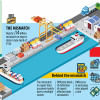
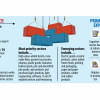
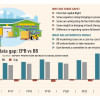
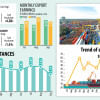
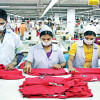


Comments